Genome editing’s patent problem fuels concern for the future of food
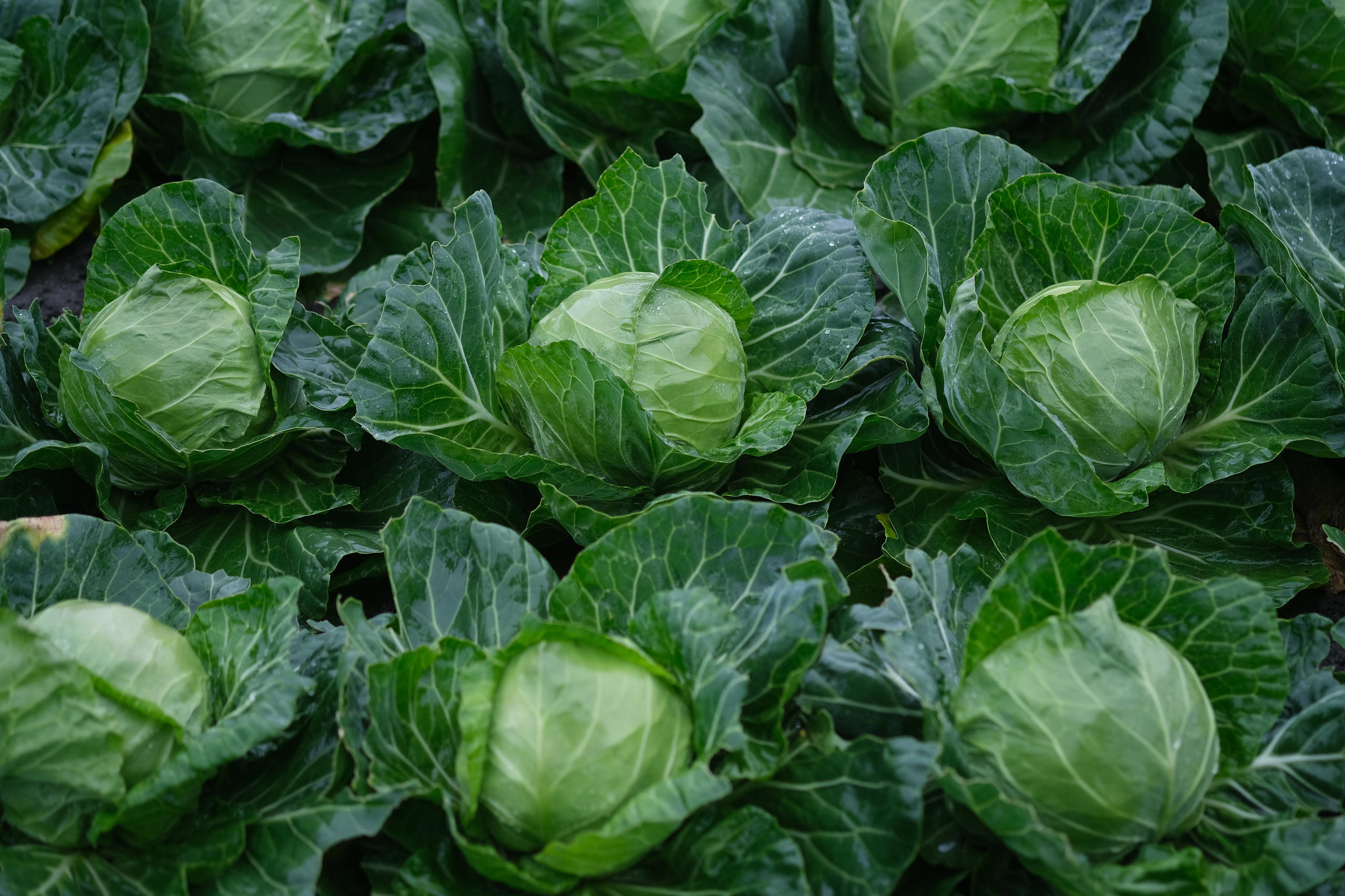
Amid growing concern about whether a world battered by climate change will be able to produce enough food to feed the planet, genome editing has been touted as part of the solution in many countries including Switzerland. But an outdated patent system threatens to stifle its potential and put more power in the hands of big business.
For more than 10 years scientists at Switzerland-based Syngenta Group worked to develop a variety of disease-resistant cabbage that would thrive in hot, dry weather, and benefit the soil by requiring less nitrogen to grow. The basketball-sized vegetable was bred to grow close to the surface, making it easier for farmers to harvest.
On display at the company’s annual showcase for its latest seed innovations last autumn, the “weather-proof” cabbage was joined by other new designer vegetables including “rust-resistant” green beans, snackable snow peas, and a “burger leaf” lettuce bred specially to stay crisp and fresh when squashed between a hot burger and a sandwich bun.
But agriculture technology firms like Syngenta, now owned by Chinese state-owned company ChemChina, no longer see the need to spend years developing new vegetable varieties using conventional breeding methods that involve crossing two plants over multiple generations. They want to use technology like CRISPR-Cas9, a genome-editing tool that enables them to alter the DNA of vegetables and other crops, adding beneficial traits and removing undesirable ones, to get just the product they want. This could cut the time it takes to produce some new varieties by as much as 75%.
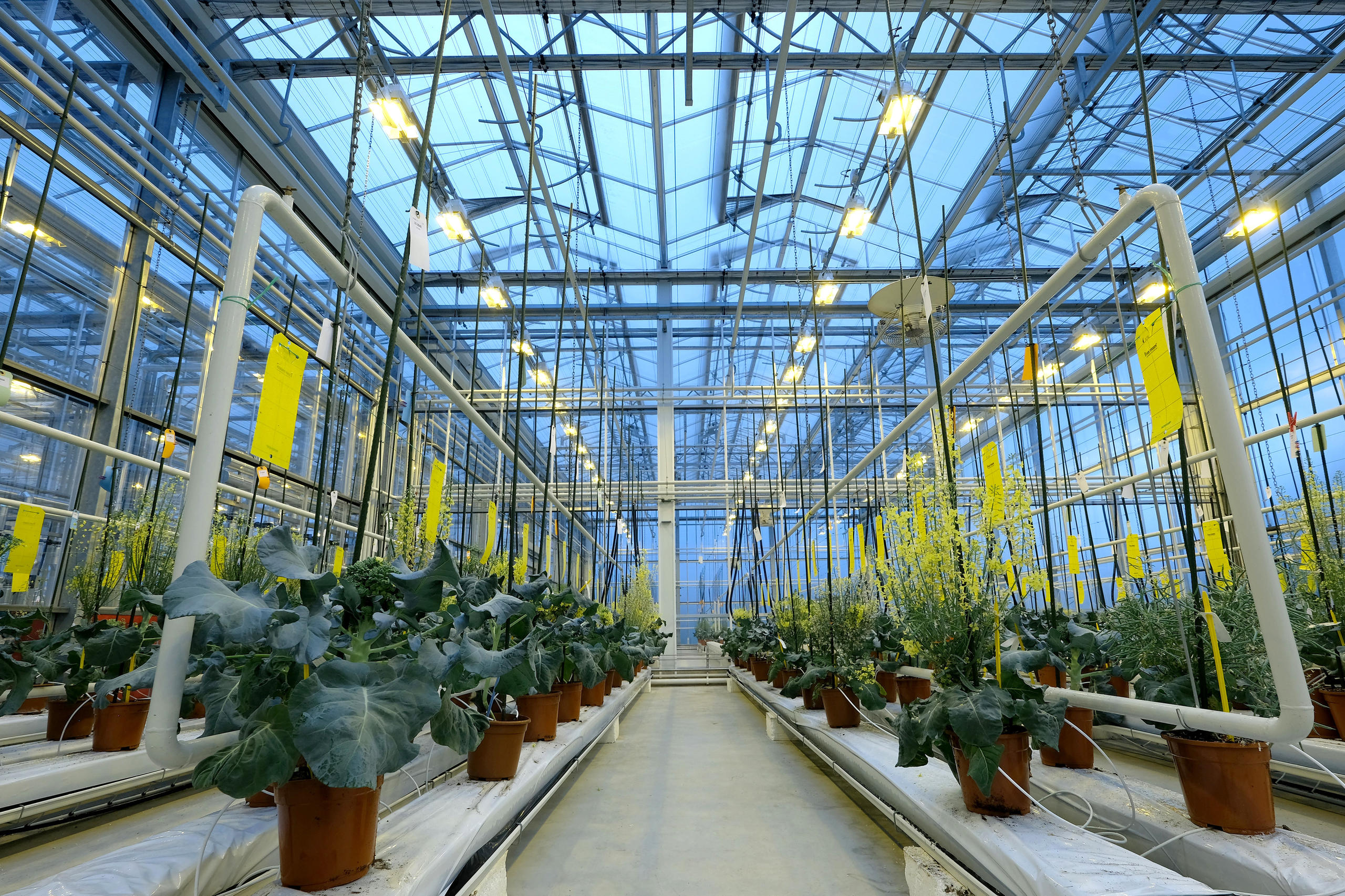
More
Explainer: the controversy behind genome editing our food
“Genome editing has a huge amount of potential for the future in terms of the seed products we can develop,” Charlie Baxter, Syngenta’s head of global seed traits and regulatory, told SWI swissinfo.ch. “We need to recognise that if we are going to feed a growing planet, and in a sustainable way, we are going to need to use new technologies.”
With an initial public offering (IPO) on the Shanghai stock exchange in preparation, the company is tight-lipped about its plans. However, a spokesperson told SWI it is investing in genome editing in countries including the US and China to change the nutritional content, increase yields, and improve resistance to pests and diseases across a variety of crops.
With each new trait, Syngenta, and many other big seed companies, are amassing more patents, giving them the right to exclude anyone else from reproducing, using, selling, or distributing their invention. But this development is raising red flags among many plant breeding experts and farmers’ rights activists, who fear it will wreck the global seed market, shutting out small players and choking innovation.
Rise of the patents
The introduction of tools like CRISPR-Cas9 into the food system is already a flashpoint in much of Europe as regulators consider how, if at all, it should be regulated. At the centre of the debate are the safety and environmental risks, and whether plants bred with genome-editing technologies should be classified as Genetically Modified Organisms (GMOs), whose cultivation has been banned or heavily restricted in agriculture in the European Union and SwitzerlandExternal link for nearly two decades.
Up to now, Switzerland has followed EU regulators, classifying genome-edited seeds under GMO regulation. But views are shifting – a European Commission studyExternal link published in April 2021 proposed updating legislation to reflect advances in genomic techniques, and in December, one chamberExternal link of the Swiss parliament voted to exclude genome editing from the GMO ban.
If the technology advances and more governments allow genome editing, 50% of new seed varieties on the global market will have at least one genome-edited trait in 20 years’ time, predicts Michael Kock, a patent attorney who spent nearly a decade as head of intellectual property at Syngenta. All seeds with these traits will be covered by at least one patent.
Genome editing has already led to an exponential rise in the number of patents even though only two genome-edited food products – a soybean oil and a tomato – have been launched on the market. Kock estimates about half of all international plant patent filings in 2021 involved aspects of genome editing.
More
According to IPStudies-Centredoc, a Switzerland-based patent analysis firm, there were 21 patent families (all patent filings in different countries for one invention) on plants using CRISPR in 2012. By 2021, this had reached 2,000. Within each patent family, there can be dozens of patents in various countries. While a majority are in China and the US, about 700 extend to other countries.
Chilling effect
This sea change has profound implications for the future of our food because it means that any new trait like drought resistance or leaf size can be patented provided the genetic change doesn’t already exist in nature. As genome editing allows for more precise changes to a plant’s genome, the number of new traits will surge.
And it’s not only traits that can be patented. New breeding methods, genetic sequences and in some cases, products such as beer made with genome-edited barley, can be covered by patents. New plant varieties can also be covered by other forms of intellectual property protection (see box).
Such protection should encourage research into new, more useful seeds by giving inventors ways to recoup their investment. Since the advent of GMOs and biotechnology in agriculture, patents are granted more oftenExternal link.
Patent laws vary from country to country, but most allow some form of patent or plant variety protection. A seed or plant, as well as any natural object, plant and animal and biological process, is excluded from patent protection. However, a patent can be granted for traits, sequences, or methods if the genetic change doesn’t already exist in nature. Patents are awarded when the applicant can demonstrate it is novel, an inventive step, and has industrial application.
A plant varietyExternal link, which is a precisely defined group of plants within the same species, can’t be patented but can be covered by a plant variety protection (PVP) certificate based on conventions from the International Union for the Protection of New Varieties of Plants (UPOV). A certificate is granted when a variety is distinct, uniform, stable and new. There is an exemption for breeders to use the seed (without the consent of the PVP holder) to develop a new variety. Farmers can reuse seeds in some cases but can’t sell or exchange them without consent.
It isn’t just the number of patents that is expected to increase. Plant breeding is a constant process of taking one seed and crossing it with another, so that the same germplasm gets passed on to the next generation of seeds. As genome editing speeds up innovation, patents will get stacked on top of each other and overlap more often.
In an articleExternal link published late last year, Kock, who now works as an independent advisor to the seed industry, warned that this patent stacking could have a “chilling effect” on innovation.
“If one seed is covered by 8-10 patents, it will be so difficult for breeders or farmers to negotiate royalties with all the different patent owners,” Kock told SWI. Breeders will need to secure multiple licenses to market their new variety, which gets complicated and expensive as breeders usually pay a percentage of sales to the patent owner.
Some breeders will be reluctant to reuse seeds at all, even those developed through conventional methods, fearful they could unknowingly infringe on someone’s patent. Kock says some breeders already today don’t want to touch the genetics of certain seed companies.
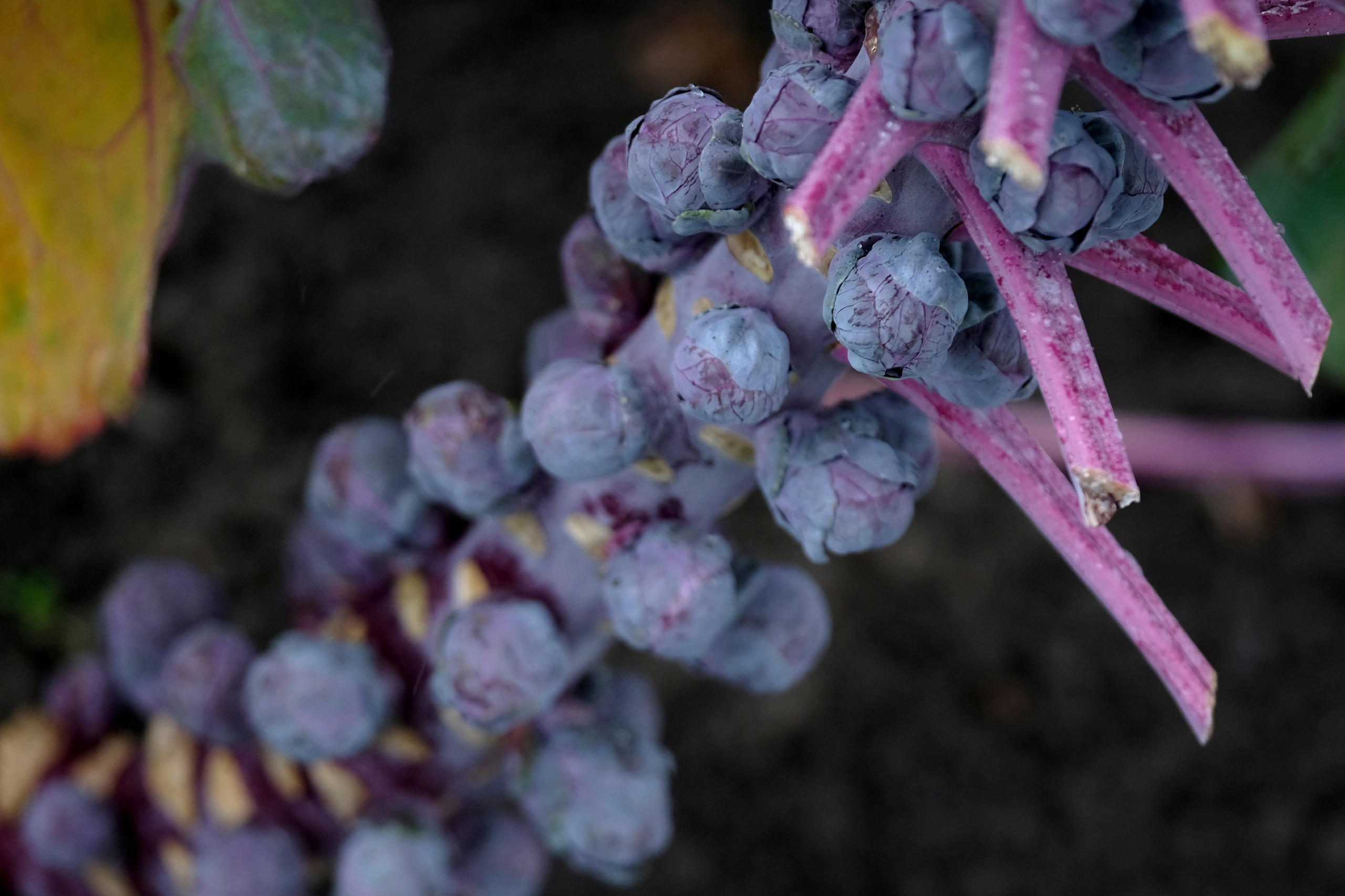
These concerns were echoed by the European Commission’s recent studyExternal link, which warned that patents and licensing associated with new genomic techniques can act as a “barrier to market entry” for small companies and limit access to new technologies and genetic material for further breeding.
“We need to find a way to make innovation accessible without throwing away the incentive to create the next generation of innovation,” says Kock. He argues that there needs to be a fundamental overhaul of the intellectual property system.
Threat or benefit?
Plant breeding has been practiced for thousands of years by farmers in search of products with desirable traits such as higher yields, resistance to disease, or improved flavour. Today, gardeners and farmers are still involved, but the industry is dominated by companies – Euroseeds, a Brussels-based industry association for the European seed sector, says it has more than 36 national member associations from EU member states and beyond who represent several thousand seed businesses.
At the top of the pile are deep-pocketed multinationals such as Syngenta, US-based Corteva Inc. (formerly the agriculture division of DowDuPont), and Bayer AG which bought rival Monsanto in 2018. They are among the world’s 10 largest seed companies who, through mergers and acquisitionsExternal link, are estimated to controlExternal link at least 70% of the global market.
Farmers’ rights campaigners and small breeders are increasingly concerned that the inevitable march toward patenting everything will concentrate the seed market even more in the hands of these big companies.
“It’s not only the technology itself that is a problem, but it’s a problem of the power relations and the industrial agricultural system behind it,” says Simon Degelo from Swissaid, which has been campaigning for the rights of small-scale breeders and farmers in poorer countries. “Farmers should be allowed to [freely] choose the seeds they want and re-use them if they think that’s best for them.”
CRISPR-Cas9 was supposed to democratise innovation because it is cheaper and easier to manipulate genetics in plants. But all the intellectual property protections will shut others out of the market by making it more expensive and difficult for farmers and breeders to re-use seeds, argues Mariam Mayet, director of the African Centre for Biodiversity in Johannesburg, South Africa.
“It’s more of the same but just more dangerous because you’re now going into the genome of the plant,” says Mayet. This raises the prospect of more genetic material falling into the hands of private companies. Most of the foundational patents for CRISPR technology are owned by academic institutions and licensed out to companies and others to use.
This concern is shared by Monika Messmer, a senior scientist at the Research Institute of Organic Agriculture in Switzerland. “When new cultivars [plants bred for certain traits] are released in Europe, breeders still can profit from the progress of others and the whole community improves due to the breeders’ exemption of the plant variety protection. That is something highly threatened by patents because you aren’t allowed to take it to improve your own seeds.”
She fears more money will flow into major crops like maize and soybean, and into traits like pesticide resistance where the prospects for profit are greatest.
“We shouldn’t just be asking if this technology is safe and release it. We also need to ask what benefit it brings to society,” Messmer told SWI. She thinks companies should be required to share genetic material through gene banks for others to use.
Euroseeds told SWI that it encourages companies to license patented traits but that it’s an “individual business decision” what and how to license something.
Syngenta’s Baxter says the company is open to sharing technology with others, and has already created a licensing platform for vegetables, which allows breeding companies and academic institutes to use the technology how they want.
“Seed companies are successful because they know what they’re doing, and they put a lot of expertise into developing new products,” says Baxter. “If they didn’t work, people wouldn’t buy our seed products. We are trying to do something good for the growers. The market is open to competition.”
Edited by Nerys Avery
Correction: please note that this story has been updated to clarify that most of the foundational patents for CRISPR technology are owned by academic institutions and licensed out to others to use.

In compliance with the JTI standards
More: SWI swissinfo.ch certified by the Journalism Trust Initiative
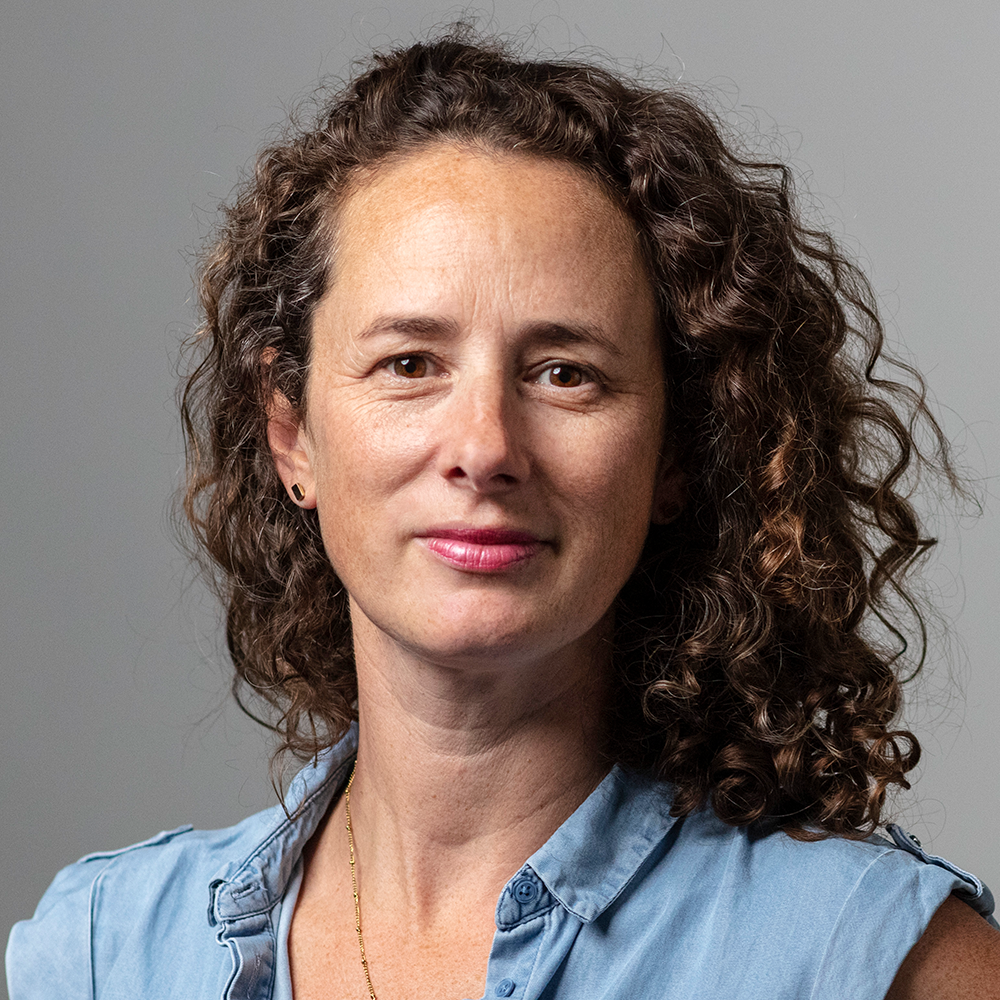









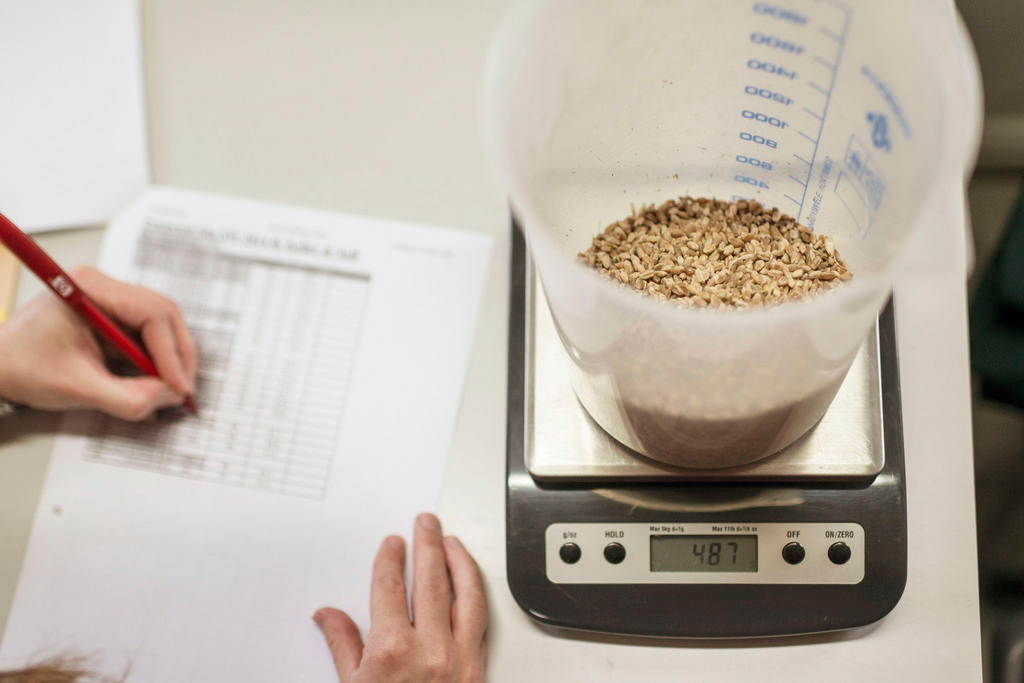



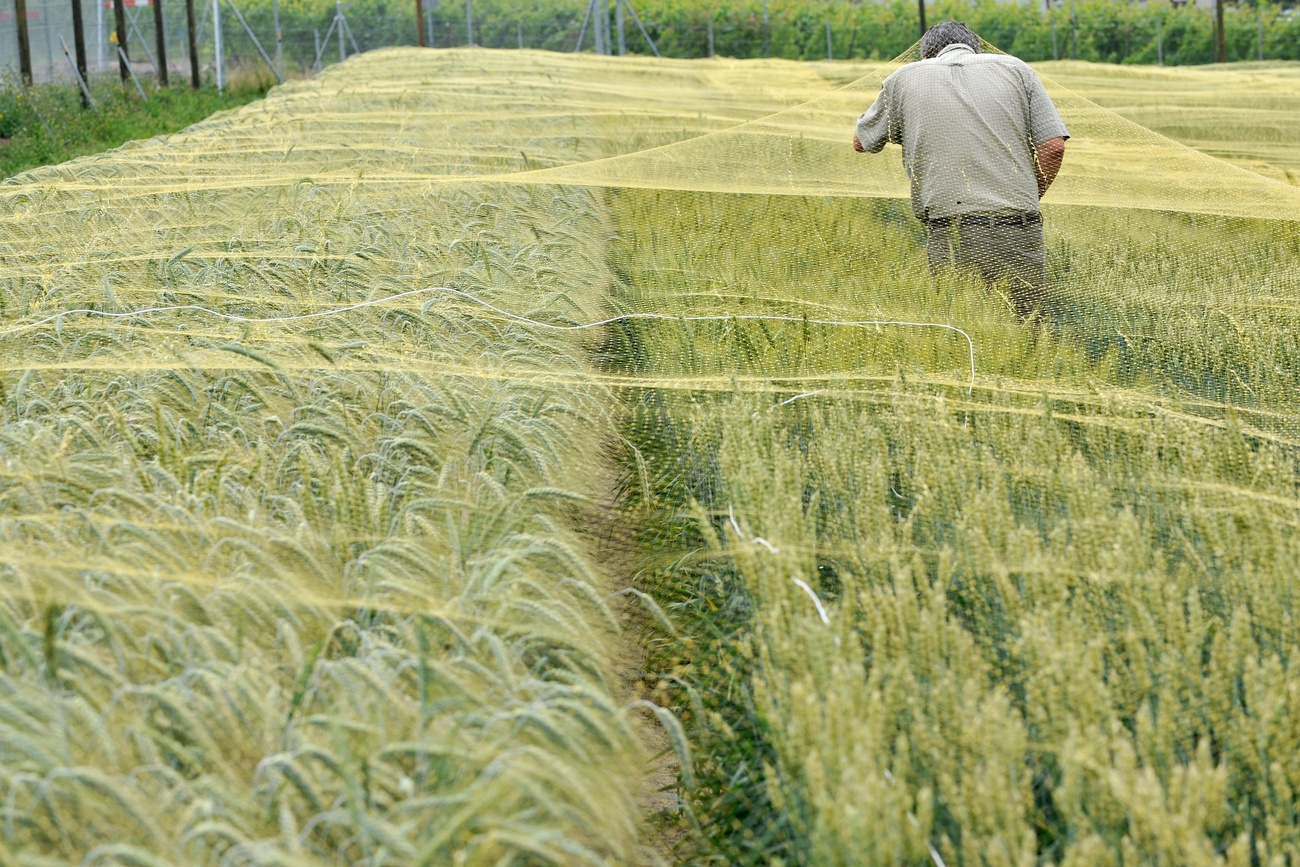
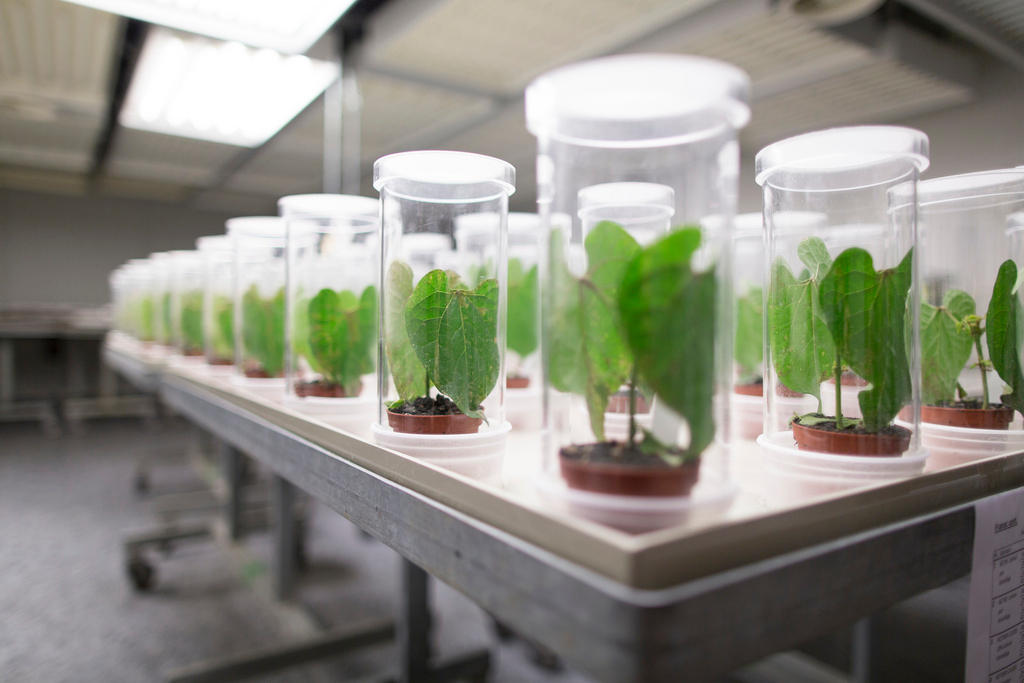
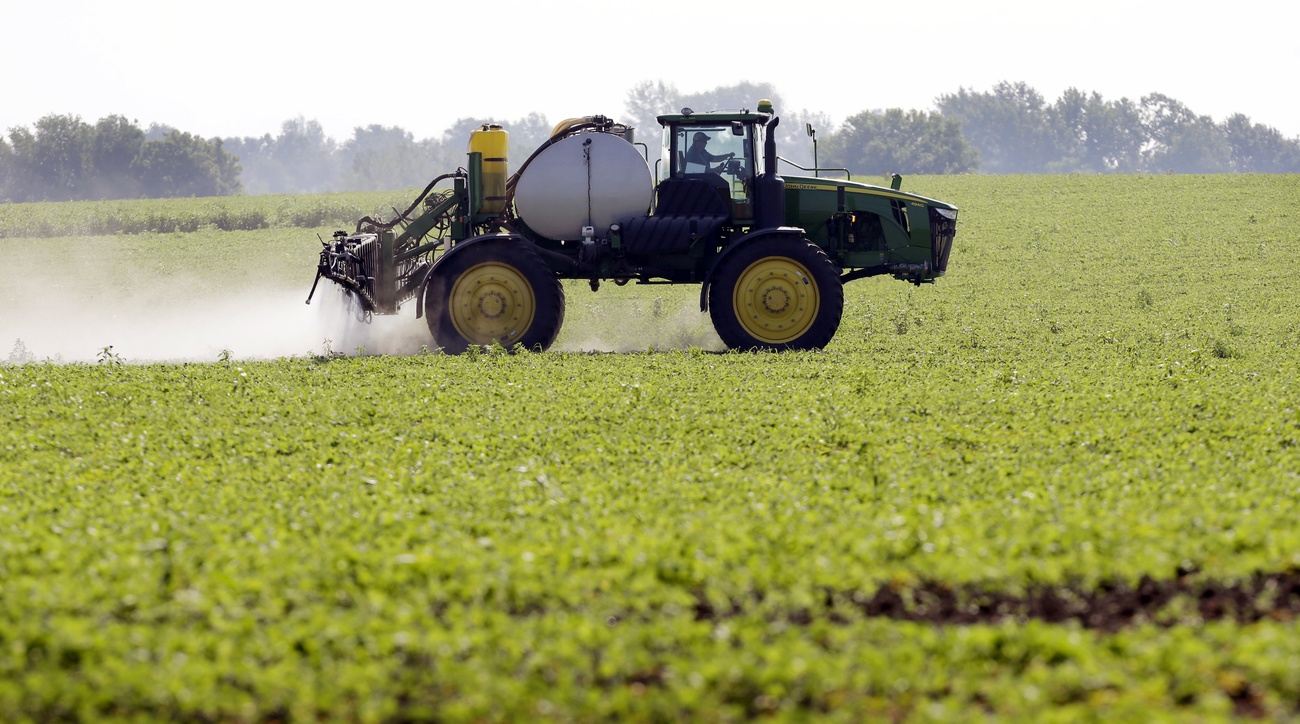
You can find an overview of ongoing debates with our journalists here . Please join us!
If you want to start a conversation about a topic raised in this article or want to report factual errors, email us at english@swissinfo.ch.